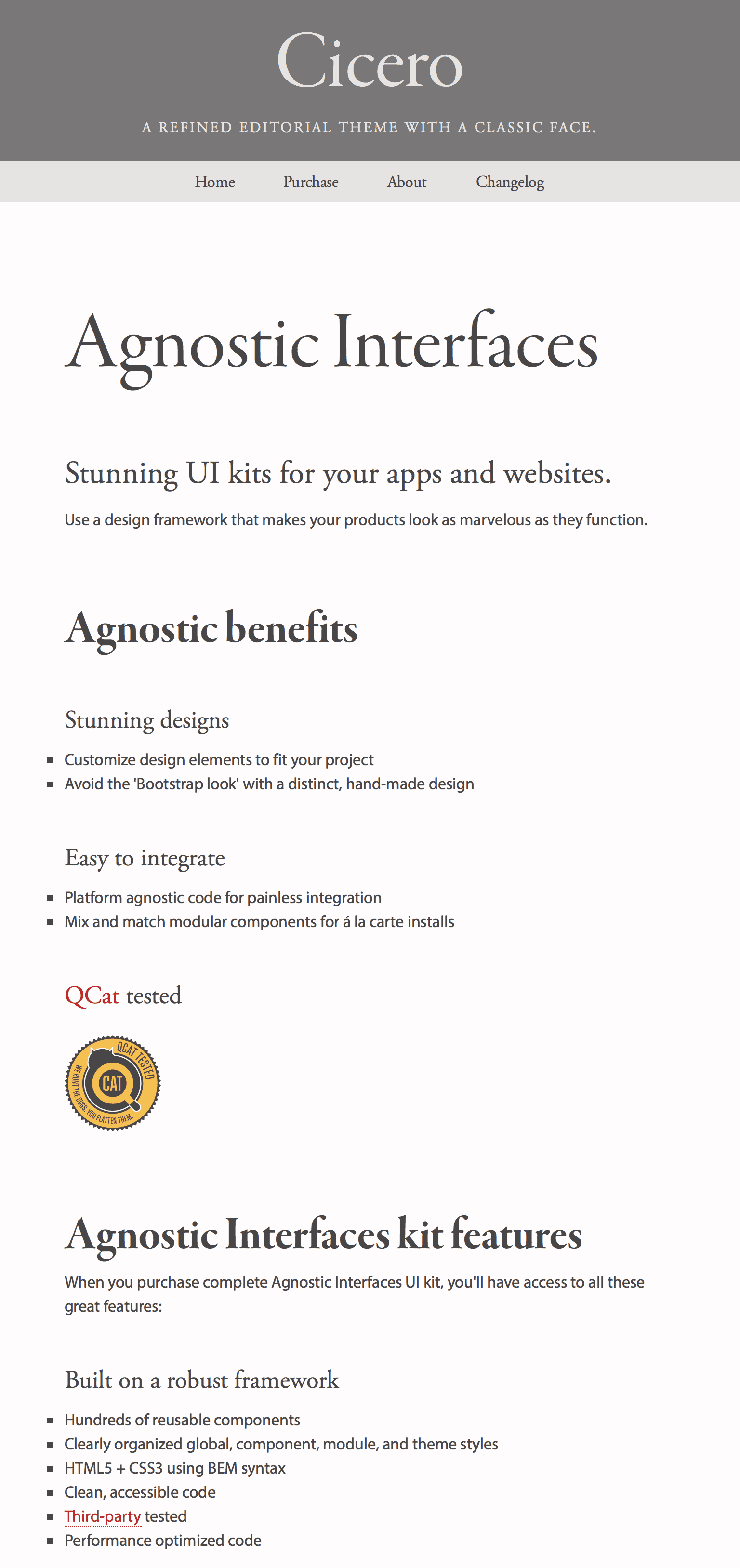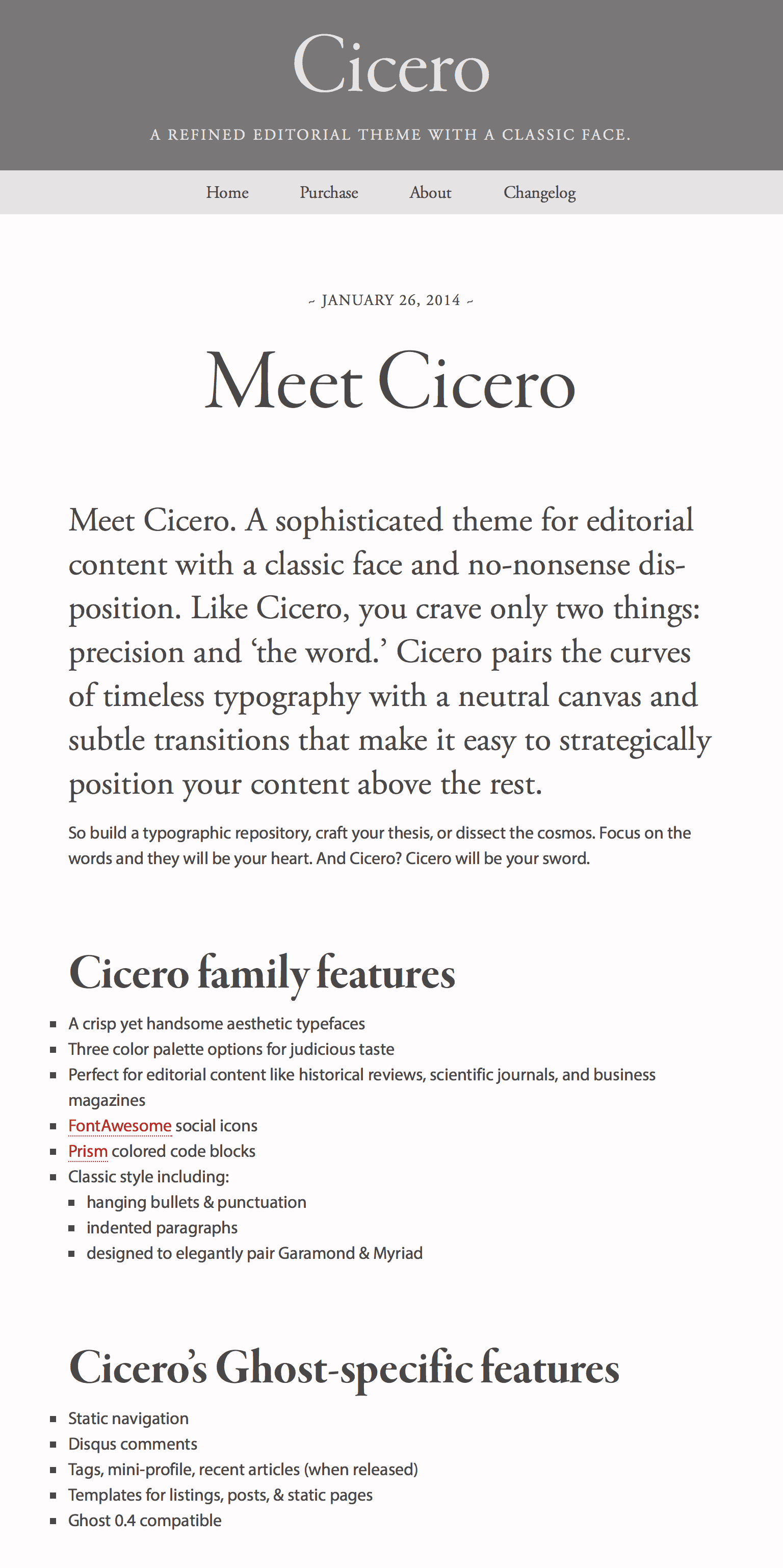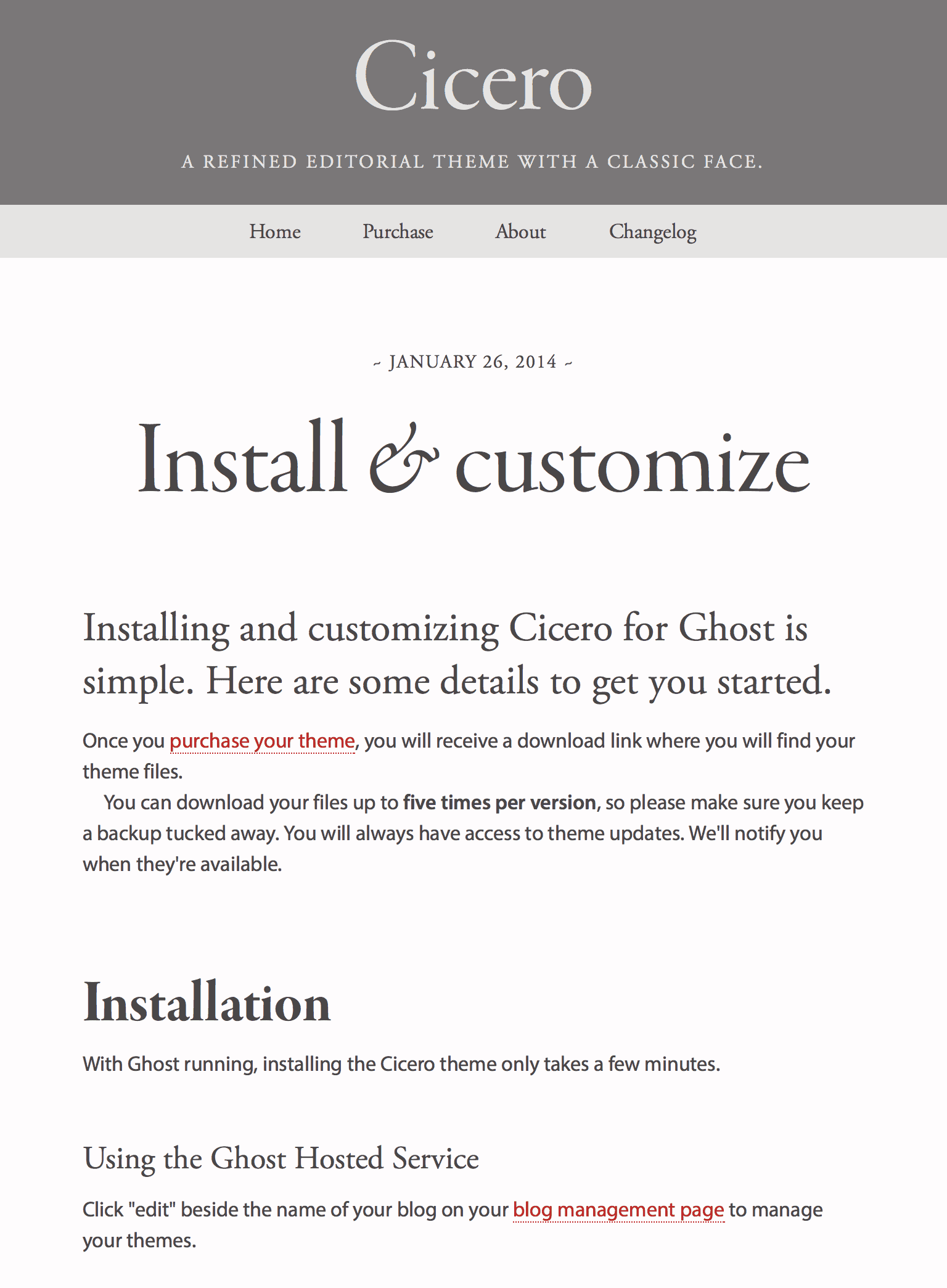Explaining the magic
- Give them the why before the how or what
- Fall in love with the story you want to tell
- Say it loud to see if it rings true
A global framework
Ultimately, Trav and I believe this: if we want to make information meaningful to truly empower our fellow Homo sapiens, we have to move outside of our own incestuous industry. Within the web world, we’re all shouting echoes. Mobile first! Responsive design workflow! Fluid grids! Clean user interfaces! The rhetoric flounders around like a lonely fish in a barrel. But we need to perk up other ears. Who needs to listen? The answer is anyone outside our industry. Those industries that still think a website is an afterthought, that user experience is something you earn playing video games. I’m talking about the industries that are still fractured because of secretive information pipelines, bureaucratic mould, and inaccessible language.
We want slack-jawed politicians to pay attention when we construct a new kind of democracy. We want teachers to become information facilitators and healthcare professionals to perk up when they imagine a virtual care system or a cure for cancer created in a digital environment. We want Neil DeGrasse Tyson to rejoice because we’ve rekindled our love of space travel and married our cosmos.
Demanding a new approach to these things is our industry’s accidental job. But it’s a damn important one. It’s up to us to circumvent the current systems or at the very least, get a whole lot of people excited to try. Somehow, we have to help other people fall in love with design and problem solving as much as we have so they can start creating their own frameworks to make sense of all that raw data. We need to find the birthdays we share — the common ground that will help us create a unified framework for understanding the relevant human data that is pivotal to our own survival.
The amount of work ahead of us is seriously scary, but we have to try—even if we are just a couple of punk-ass kids (or middle-aged ones who still listen to punk music on the weekends). We’d love it if you hopped aboard this bullet train with us, because it’s a loveable beast and it just left the station.





